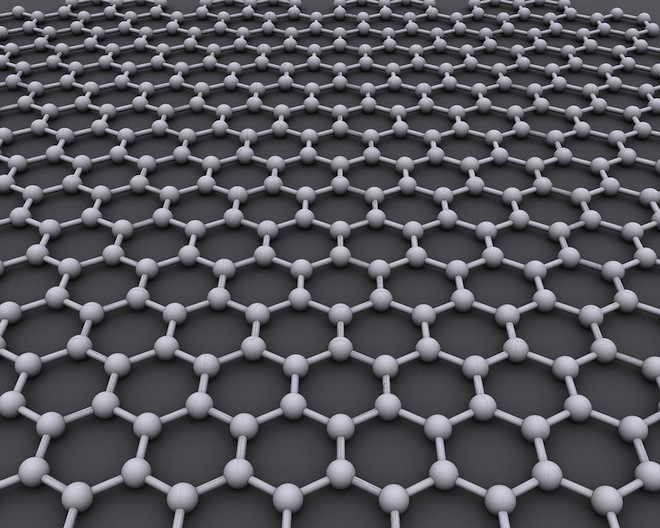Gutenberg never could have envisioned this.
Researchers at the Masscusetts Institute of Technology are working on creating an industrial-scale printing press for graphene, a miraculous, Nobel Prize-winning, one atom-thick carbon nano-material, for use in next generation electronic devices.
“We are working on developing the basic science and technology to synthesize a one-kilometer square sheet of graphene,” said Tomas Palacios, director of MIT’s new Center for Graphene Devices and Systems, in a telephone interview with TPM’s Idea Lab.
If his team is successful, it would be a tremendous improvement over current graphene synthesizing capabilities. The largest continuous sheet of the material produced so far, by Korean and Japanese researchers in June 2010, was only 76 centimeters (30 inches) square. It was later used in the first practical demonstration of a graphene touchscreen.
That’s because graphene, an allotrope of carbon, is currently only able to be synthesized by being grown in small quantities of crystals at high temperatures in labs (using silicon carbide as a starting reactant) or through slicing ultrathin graphene wafers off of larger pieces of graphite, with scientists even going to such odd lengths as repeatedly folding scotch tape over pencil graphite to obtain the coveted material.
But Palacios and the rest of the MIT graphene team are seeking a better method, inspired by a very old technology: The printing press.
“We’re developing a means to grow graphene in a roll to roll process,” Palacios told TPM’s Idea Lab. “It’s based on the same technique used to print newspapers.”
So far, the center has only been able to grow graphene sheets a “few centimeters,” which it has used to coat paper for potential use in other consumer electronics, but Palacios said his team was working furiously to scale the process up. After all, the center only launched a few months ago, in July of this year.
Graphene, first synthesized by scientists at the University of Manchester in the UK in 2004, is a topic of widespread and intense interest within the nanotechnology community due to its unique properties – its the strongest material ever devised (stronger than diamonds), ultrathin and flexible, 100-times more electrically conductive than copper and up to 10 times faster at transmitting data than ordinary fiber-optics.
Many research teams around the globe are racing to achieve the first industrial scale uses, but there’s good reason to believe that Palacios’s team will be at the forefront.
That’s because MIT’s graphene center recruited partners in industry to participate in the research from its onset. Two companies currently working with the center include Italian-French company STMicroelectronics, Europe’s largest semiconductor supplier, and Chinese chemical supply giant BSM Chemical Co., one of the largest chemical supply companies the world.
The other big advantage the center has is the diverse backgrounds of the researchers, including Palacios himself, an electrical engineer by training.
“The way I approach graphene is different from most other researchers in this field,” he told TPM’s Idea Lab. “Ninety-nine percent of the papers on graphene have been written by physicists, focusing on amazing and unique properties of the material. I have the point of view of an engineer. I’m interested in finding the best applications for graphene’s unique properties.”
When asked about the increasing concerns over nanomaterials’ potential negative health effects, Palacios admitted “more work needs to be done,” but pointed out that graphene is just carbon, a biocompatible material (we’re all made of carbon after all), and that unlike other nanomaterials, it is inert: When placed on a surface, it doesn’t have the chance to get lost like carbon nanotubes. Palacios is confident his research will result in tremendous gains for not only science, but humanity.
“We want to make an industry based on graphene,” he added.






